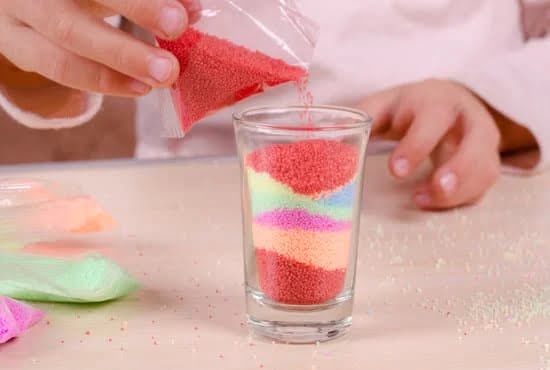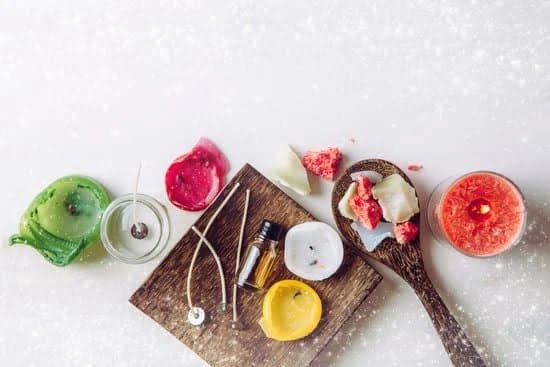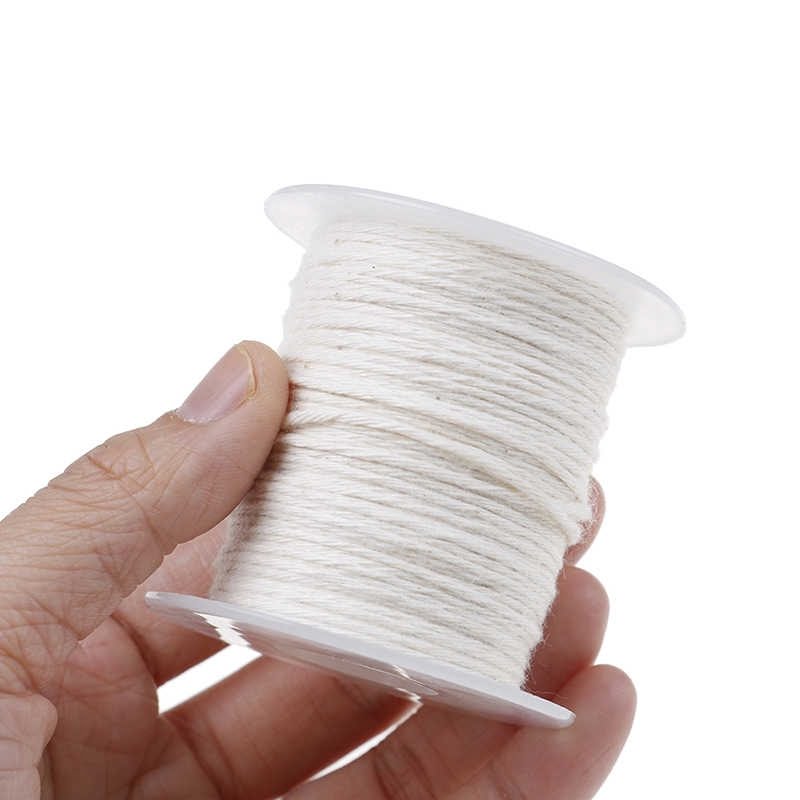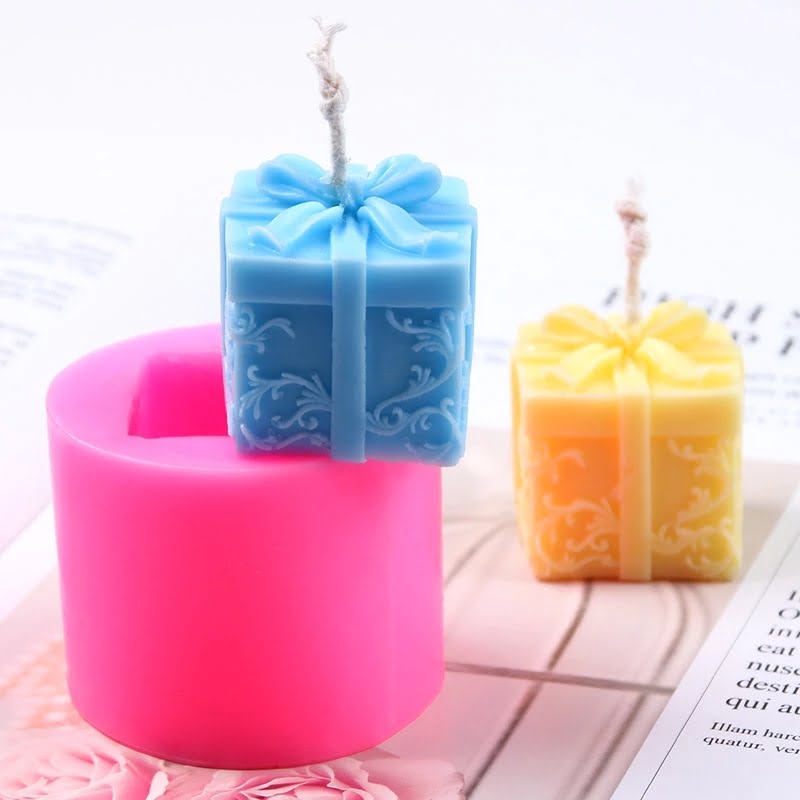Can you mix tallow lard and schmaltz in making candles? Candle making has a long history, and one of the oldest techniques involves using animal fats as the main ingredient. In this article, we will explore the different types of animal fats used in candle making, such as tallow, lard, and schmaltz. Each of these fats has unique properties and qualities that can affect the outcome of the candles.
Tallow is a commonly used animal fat in candle making due to its high melting point and long burn time. On the other hand, lard is known for producing bright and steady flames but may come with some challenges. Schmaltz, made from rendered chicken or goose fat, offers a distinct aroma and texture that sets it apart from other animal fats.
Among these three types of animal fats, there is an ongoing debate on whether they can be mixed together in candle making. In the following sections, we will delve into each type of fat’s individual properties before exploring the possibility of combining them to create unique candle blends. Whether it’s for practical or creative reasons, understanding how to mix these animal fats can open up new possibilities in candle making.
What Is Tallow
Tallow is a type of animal fat that has been used for centuries in various applications, including candle making. It is derived from the fatty deposits of beef or sheep and has a high melting point, making it ideal for producing candles that are slow-burning and long-lasting. In candle making, tallow is valued for its ability to hold fragrance and color well, resulting in beautifully scented and vibrant candles.
Properties of Tallow
Tallow is known for its firm texture and creamy white appearance. When used in candle making, it produces candles with a smooth and opaque finish. The high melting point of tallow allows candles to burn slowly and evenly, providing hours of beautiful light and fragrance. Additionally, tallow has excellent mold release properties, making it easy to work with in the candle-making process.
Uses of Tallow in Candle Making
Tallow has been a staple ingredient in candle making for centuries due to its abundance and favorable properties. It is commonly used to create pillar candles, container candles, and votive candles. The slow-burning nature of tallow makes it an excellent choice for creating long-lasting candles that provide both illumination and fragrance. Additionally, tallow can be blended with other waxes or fats to achieve desired characteristics in candles.
Overall, tallow is a versatile and valuable ingredient in the craft of candle making. Its unique properties contribute to the creation of beautiful and functional candles that are highly sought after by enthusiasts and consumers alike. Whether used alone or in combination with other materials, tallow plays a significant role in the art of candle making.
What Is Lard
Lard is a type of animal fat that is rendered from the fatty tissue of pigs. It has been used for cooking and baking for centuries, and its creamy white appearance and neutral flavor make it a versatile ingredient in various culinary applications. In addition to its uses in the kitchen, lard has also found its way into the world of candle making due to its unique properties.
Benefits of Using Lard in Candle Making
One of the primary benefits of using lard in candle making is its ability to create a clean and consistent burn. Lard has a high melting point, which means that candles made with lard are less likely to melt or soften in warm temperatures.
This makes lard an excellent choice for creating candles that hold their shape and provide a long-lasting burn. In addition, lard is readily available and relatively affordable, making it an accessible option for crafters who want to try their hand at making candles.
Challenges of Using Lard in Candle Making
While lard offers many benefits for candle making, there are also some challenges associated with using this animal fat. One potential drawback is the distinct odor that lard can emit when burned. Some individuals find the scent of burning lard unpleasant, which may limit the appeal of lard-based candles for certain consumers.
Additionally, lard has a softer texture compared to other animal fats like tallow, which can affect the overall structure and durability of candles made with lard. It’s important for candle makers to consider these factors when deciding whether to use lard in their creations.
Overall, while lard presents both benefits and challenges for candle making, it remains a popular choice among crafters who appreciate its unique qualities and are willing to overcome any potential drawbacks. Its availability, affordability, and ability to produce clean-burning candles make it a valuable ingredient in the world of homemade candle crafting.
What Is Schmaltz
Schmaltz is a type of rendered animal fat, commonly derived from chicken or goose. It is known for its rich and savory flavor, making it a popular ingredient in traditional Jewish cuisine. However, what some may not realize is that schmaltz also has unique qualities that make it a potential candidate for use in candle making.
One of the key characteristics of schmaltz is its high smoke point, which makes it suitable for creating candles that burn cleanly and evenly. This means that candles made with schmaltz are less likely to produce soot or emit unpleasant odors while burning. Additionally, schmaltz has a smooth and creamy texture when rendered, allowing it to blend seamlessly with other waxes and fats commonly used in candle making.
When considering the potential use of schmaltz in candle making, it’s important to note that its distinct aroma may not be desirable for certain candle scents. However, by blending schmaltz with other animal fats such as tallow and lard, you can create a custom candle wax with unique properties and characteristics.
Incorporating schmaltz into your candle making process can add an interesting twist to your creations. By experimenting with different ratios of tallow, lard, and schmaltz, you can customize the burning properties and scent profile of your candles to suit your preferences. With proper care and attention to detail, mixing these animal fats can result in high-quality candles with unique characteristics. Here are some tips for successfully incorporating tallow, lard, and schmaltz in candle making:
- Start by melting each type of fat separately before combining them
- Experiment with different ratios to achieve the desired burning properties
- Consider using essential oils or fragrance additives to mask any unwanted aromas from the animal fats
Ultimately, the use of schmaltz in candle making presents an exciting opportunity for crafters to explore new possibilities and create distinctive products with enhanced burning qualities.
Comparing the Three
When it comes to candle making, there are various types of animal fats that can be used to create different outcomes. Tallow, lard, and schmaltz are three popular choices, each with its own unique properties and uses. Understanding the differences between these animal fats can help candle makers achieve their desired results.
Tallow is a rendered form of beef or mutton fat, known for its high melting point and long burn time. It produces a clean and steady flame, making it ideal for pillar candles and outdoor use. On the other hand, lard is rendered pig fat that offers a creamy white appearance and a softer texture. It is often used in container candles and is prized for its ability to hold fragrance well.
Schmaltz, derived from rendered chicken or goose fat, has a distinct flavor and aroma due to its poultry origin. As a result, it brings a unique character to candles when used as an ingredient. While not as commonly used as tallow or lard in candle making, schmaltz can add an interesting twist to the finished product.
In comparing these three animal fats, it’s important to consider their individual characteristics and how they contribute to the overall performance of the candles. Each fat has its strengths and limitations, so the choice of which one to use will depend on the specific goals of the candle maker.
Can You Mix Tallow, Lard, and Schmaltz
When it comes to candle making, the use of animal fats such as tallow, lard, and schmaltz has been a topic of interest for many crafters. Each type of animal fat brings its own unique properties and characteristics to the table, offering different benefits and challenges in the candle making process. But can you mix tallow, lard, and schmaltz together when making candles?
In short, yes, you can mix these animal fats in candle making. Combining tallow, lard, and schmaltz can result in a unique blend that offers a variety of desirable qualities for candle makers. By mixing these fats, you can create a custom blend that balances hardness, texture, scent retention, and burn time to suit your specific preferences.
However, it’s important to note that when mixing tallow, lard, and schmaltz in candle making, you should carefully consider the proportions of each fat to achieve the desired outcome. Additionally, experimenting with different ratios can help you discover the ideal combination that suits your needs as a crafter.
| Mixed Animal Fat | Potential Outcome |
|---|---|
| Tallow + Lard | A balance between firmness and smooth texture |
| Lard + Schmaltz | Enhanced scent retention with a softer texture |
| Tallow + Schmaltz | Harder texture with improved burn time |
Tips for Mixing
When it comes to mixing tallow, lard, and schmaltz in candle making, there are a few key tips and techniques to keep in mind. First and foremost, it is important to consider the melting points of each type of animal fat. Tallow has a higher melting point compared to lard and schmaltz, so when combining them, it’s essential to ensure that they are all melted evenly to create a consistent mixture.
Additionally, it’s important to consider the scent of each animal fat. Tallow has a distinct aroma that may not be desirable for all candle makers. On the other hand, lard and schmaltz have milder scents that can complement or mask the odor of tallow. When mixing these fats together, experiment with different ratios to achieve the desired scent profile for your candles.
Finally, consider the burning properties of each animal fat. Tallow is known for producing bright, steady flames while lard and schmaltz provide a softer glow. By mixing these fats in various proportions, you can create candles with unique burning characteristics that cater to different preferences.
Conclusion
In conclusion, the use of animal fats in candle making offers a wide range of options for those seeking to create unique and sustainable products. Tallow, lard, and schmaltz each possess their own distinct properties that can contribute to the quality and characteristics of candles.
While tallow is known for its firmness and long-lasting burn, lard offers a smooth texture and pleasant scent, and schmaltz provides a distinct aroma and color. Understanding the individual qualities of these animal fats allows for experimentation in candle making that can result in diverse and appealing products.
Furthermore, the possibility of mixing tallow, lard, and schmaltz opens up even more opportunities for creating custom candles with unique combinations of properties. By carefully considering the properties of each fat and experimenting with different ratios, candle makers can develop new formulas that may offer improved performance or enhanced aesthetic appeal.
While it is essential to be mindful of compatibility and potential interactions between these animal fats, the process of mixing tallow, lard, and schmaltz can lead to innovative results that cater to various preferences among consumers.
Frequently Asked Questions
Is Tallow Better Than Lard for Candles?
Tallow and lard are both popular choices for making candles, but whether one is better than the other depends on personal preference and intended use. Tallow has a lower melting point than lard, which can make it easier to work with when making candles.
However, some people prefer the scent of lard over tallow. Ultimately, the choice between tallow and lard for candle making comes down to individual preferences and desired characteristics in the finished product.
How Do You Make Tallow Candles Smell Good?
Making tallow candles smell good involves adding essential oils or fragrance oils to the melted tallow before pouring it into the candle mold. This allows the tallow to take on the aroma of the added oils, creating a pleasantly scented candle.
It’s important to add these fragrances when the tallow is liquid but not too hot, as exposure to high heat can cause some fragrances to degrade or lose their potency.
What Is the Best Wick for a Tallow Candle?
The best wick for a tallow candle depends on factors such as the size of the candle, desired burn time, and personal preference for wick material. Cotton wicks are a common choice for tallow candles due to their affordability and reliability.
When selecting a wick for a tallow candle, it’s important to consider how efficiently it will burn through the melt pool and its overall ability to provide a consistent flame throughout the life of the candle.

Welcome to my candle making blog! In this blog, I will be sharing my tips and tricks for making candles. I will also be sharing some of my favorite recipes.





